In my description of Hook Mountain yesterday, I fear that I might have undersold the attractions of this locale as a hawkwatch site or hiking destination. This is THE place to observe raptor migration through the lower Hudson Valley. If you are a birder within fifty miles of New York City, you probably want to check the vista for yourself. Follow these directions provided by the Rockland Audubon chapter. Rockland State Park actually boasts two golf courses, so make sure you park at the Executive Golf Course. If you follow the yellow trail to the blue one running along the cliff edge and make a right, you’ll eventually find the birders’ roost, basically the only clearing large enough to accommodate more than a few people at once. If you turn left onto the blue trail instead, a minute’s climb will reward you with what may likely be the most phenomenal view of the Hudson River you’ll ever see. This panorama encompasses breathtaking stretches of Westchester, the Bronx, and Manhattan, as well as the majestic Tappan Zee Bridge.
How high is Hook Mountain anyway? I have no idea, but if you can read a topographic map, you can find the answer right here.
Our experience this past Saturday was hardly typical of the usual Hook Mountain hawkwatch. According to the HawkCount website, September 25 was notable for the vast stretches of sky untainted by even stray migrants. Eight hours of hawkwatching, performed by gentlemen capable of spotting raptors miles away, yielded merely 33 birds, a far cry from the 227 of the day before. The only upside is that we were there to observe what was only the second migrating Peregrine Falcon sighted in the last month.
Finally, if you’re starved for even more information about this popular promontory, there’s a new Hook Mountain website that seems to have just launched on Saturday. It’s pretty short on detail for the moment, but that may very well change.





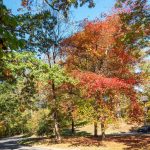
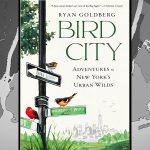
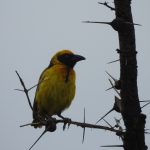

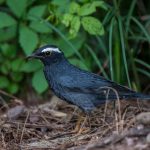
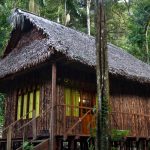
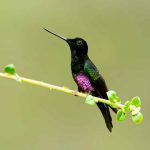
Leave a Comment